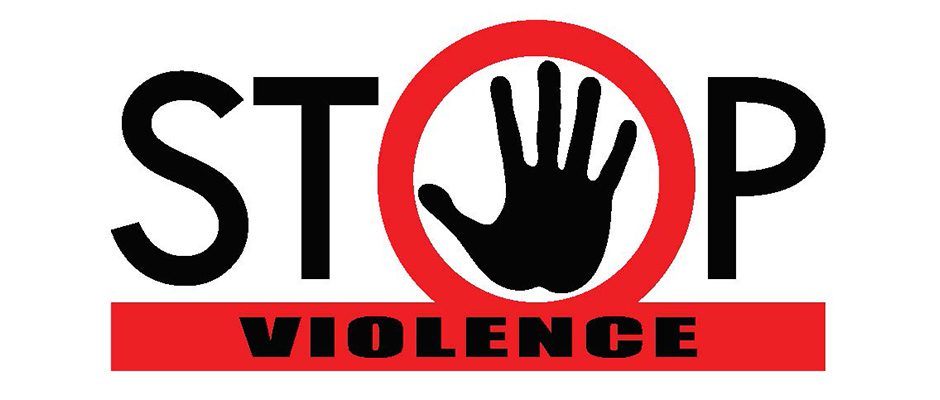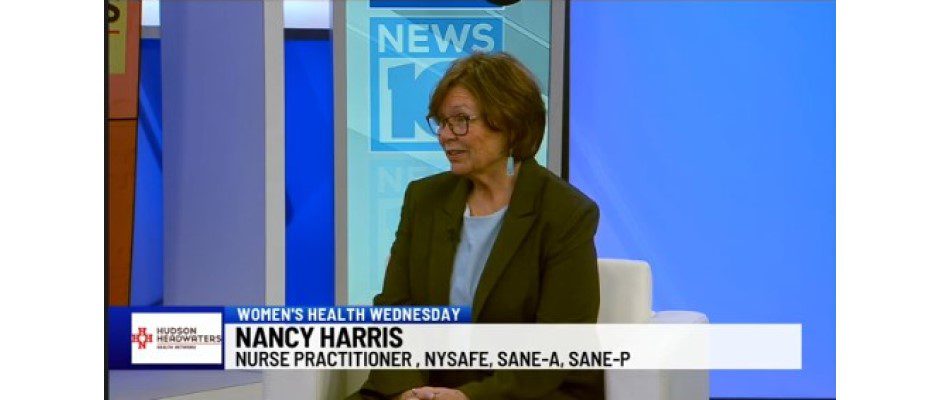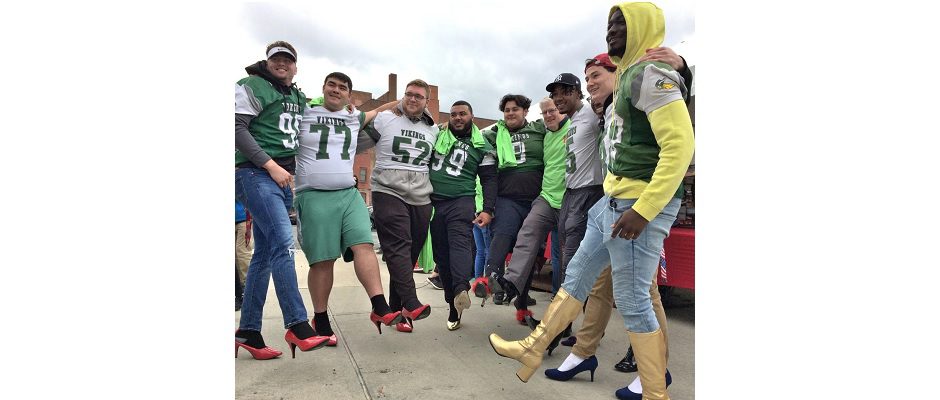
[This piece was written by Ryan Melone from the Sexual Assault and Crime Victims Assistance Program with St. Peter’s Health Partners.]
Intimate partner violence is an epidemic in the United States. The Human Rights Campaign states that one in three women and one in four men experience some form of intimate partner violence in their lifetime. The discussion tends to focus on heterosexual relationships, leaving out those who identify as LGBTQ+. Due to the less frequent coverage, problematic myths have emerged.
Chief among these myths is the belief intimate partner violence is solely a problem in heterosexual couples. Research from the Centers for Disease Control and Prevention (CDC) says otherwise:
- Approximately 35% of heterosexual women, 44% of lesbian women, and 61% of bisexual women have experienced relationship violence at some point in their lives.
- Approximately 29% of heterosexual men, 26% of gay men, and 37% of bisexual men have experienced relationship violence.
And according to the National Resource Center on Domestic Violence, approximately 54% of transgender individuals experience relationship violence.
Many people also believe violence in LGBTQ+ relationships is less severe than in heterosexual ones. According to the Human Rights Campaign, the National Domestic Violence Hotline, and the CDC, this belief is also false. LGBTQ+ individuals experience the same forms of physical and sexual violence as heterosexual individuals, often at higher rates. This can include rape and other forms of sexual assault, slapping, shoving, beating, and strangulation.
Emotional and psychological abuse are equally harmful as physical abuse. Abusers in LGBTQ+ relationships use the same psychological tactics as abusers in heterosexual relationships, while also exploiting certain social factors unique to LGBTQ+ individuals. These factors appear in the eight spokes of the LGBTQ+ Power and Control Wheel:
- Using Coercion and Threats: Threatening to “out” you as LGBTQ+
- Using Intimidation: Controlling you using looks or gestures to reinforce homophobic, biphobic, or transphobic ideas
- Emotional Abuse: Calling you names that are sexist, homophobic, biphobic, or transphobic
- Using Isolation: Telling you that nobody will believe you or help you because you are LGBTQ+
- Denying, Minimizing, and Blaming: Saying women can’t abuse women or that the more feminine person in the relationship can’t abuse the more masculine person
- Using Children: Threatening to tell ex-partners that you are LGBTQ+ so that they will take the children away
- Using Privilege: Using the ability to “pass” as non-LGBTQ+ to discredit you or use systems against you
- Using Economic Abuse: Using your LGBTQ+ identity to interfere with your work or school
Regardless of gender identity and sexual orientation, nobody deserves to go through an abusive relationship, and there is help out there for all survivors of intimate partner violence.
The Sexual Assault and Crime Victims Assistance Program (SACVAP) offers free and confidential services to survivors of intimate partner violence. Available services include medical and legal advocacy, short-term counseling, therapy, and support groups.
For more information about SACVAP services, please call 518-271-3410 or visit our website at www.sphp.com/sexual-assault. If you have been assaulted or have an emergency and need to speak with someone outside of business hours, you can contact our 24-hour hotline at 518-271-3257.





